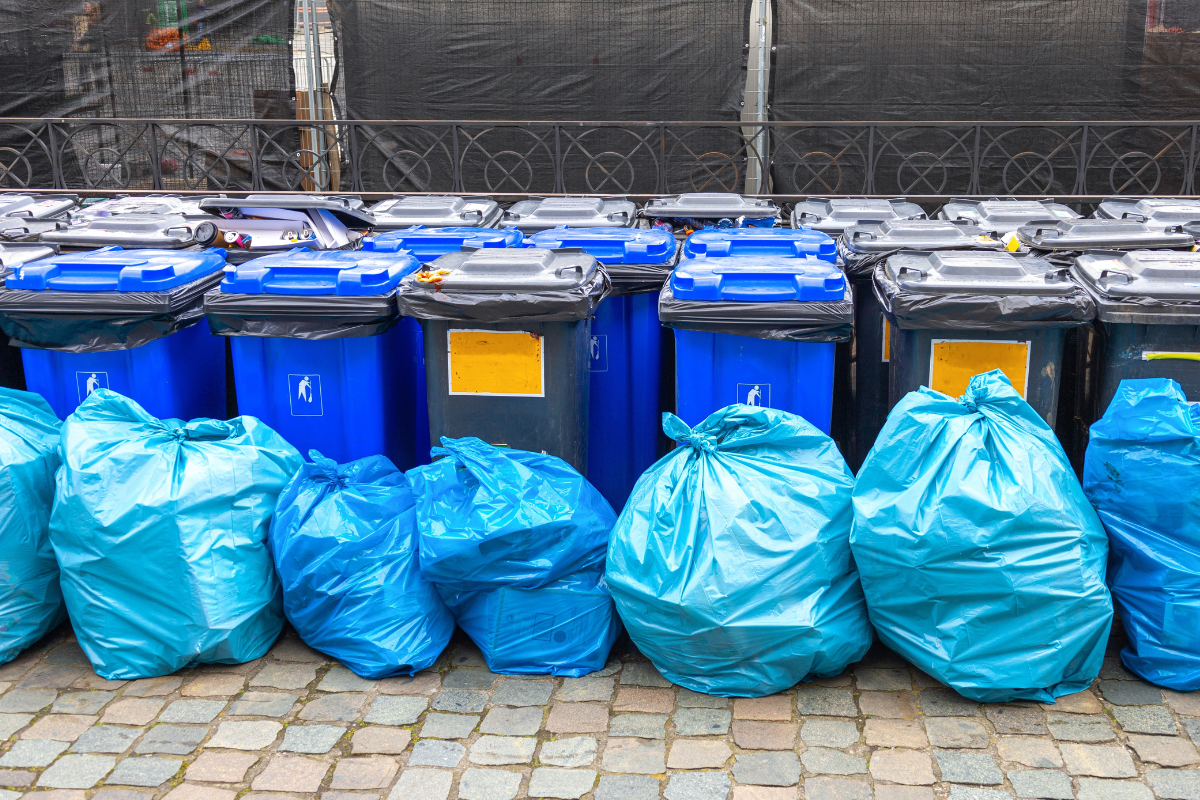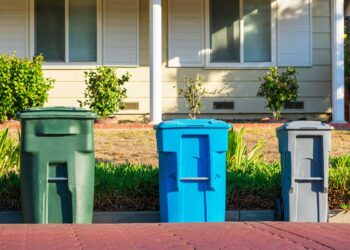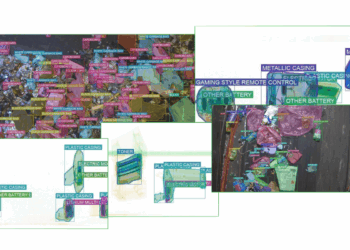 A materials recovery facility in Seattle recently reopened with new sortation equipment, which is allowing for greater throughput and cleaner end products.
A materials recovery facility in Seattle recently reopened with new sortation equipment, which is allowing for greater throughput and cleaner end products.
But the work didn’t displace any human jobs, and that was the point: The MRF operator works to create work and training opportunities for individuals recovering from drug and alcohol addictions.
Nonprofit organization Seadrunar Recycling hired Machinex to upgrade its Seattle MRF, which sorts commercial material, mostly via single-stream collection. The upgrade included adding a trommel with bag-opening knives, a MACH fines screen, MACH ballistic separator and a light fraction separator.
The retrofit to the 15-year-old facility boosted throughput from about 7 to 7.5 tons per hour up to 10 tons per hour.
“The quality of the product before and after is really where the significant value to that extra 3 tons per hour is,” Seth Little, recycling director at Seadrunar, told Resource Recycling.
The $1 million-plus retrofit to the 46,000-square-foot facility included the addition of a trommel with two-inch-minus holes. The trommel includes knives to open bagged material. Seadrunar focuses primarily on recyclables sourced from office environments, and about three-quarters of incoming material arrives in bags, he said.
The unders from the trommel go into a new light/heavy fraction separator, which sorts small paper from glass. Previously, Seadrunar was losing both fractions, because paper mills wouldn’t take glass-contaminated fiber and glass processors wouldn’t take the fiber-contaminated glass.
Material conveyed by the trommel goes to a manual sort line, followed by an existing disc screen, new glass screen and a new ballistic separator sorting two-dimensional items from their 3-D counterparts. Those fractions then head to manual sort lines. The facility also uses an existing eddy current separator and magnet.
For containers, the MRF targets aluminum, steel, PET, HDPE natural and mixed plastics coded Nos. 3-7. For paper, it targets OP-1, OP-3, assorted white ledger and super mix. Glass is sent to secondary processor Strategic Materials. It receives both source-separated and single-stream OCC, which makes up about 60 percent of what goes out the back of the MRF.
The new equipment has particularly cleaned up the fiber streams, and the MRF is now generating bales of 99 percent fiber, Little said.
Profits from Seadrunar Recycling help fund the Seattle Drug and Narcotic Center, Inc., a residential drug and alcohol treatment facility. Seadrunar Recycling gives clients in recovery experience working as sorters, leads, dock managers, baler operators and forklift drivers.























